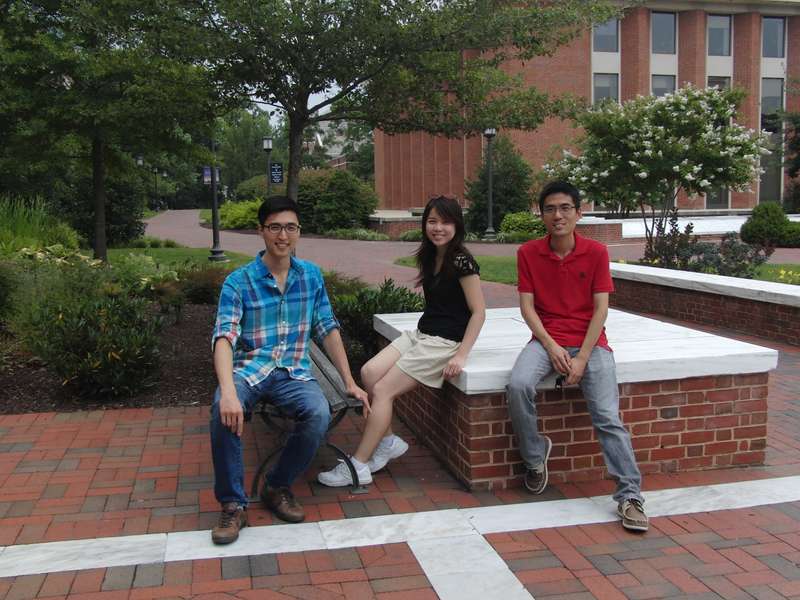AACC 2015: New Mobile DNA Test for Chlamydia Announced
 A team of researchers led by Dr. Jeff Tza-Huei Wang from the Johns Hopkins University BioMEMS lab created a new smartphone DNA test capable of diagnosing chlamydia with high accuracy.
A team of researchers led by Dr. Jeff Tza-Huei Wang from the Johns Hopkins University BioMEMS lab created a new smartphone DNA test capable of diagnosing chlamydia with high accuracy.
The scientists are presenting their research this morning at the 2015 American Association for Clinical Chemistry (AACC) Annual Meeting & Clinical Lab Expo in Atlanta. Their presentation is titled “Technology-Driven Patient Care” and is taking place from 10:30 AM to 12 PM EST today.
This device, named MobiLab, “is the first low-cost NAAT [nucleic acid amplification test] platform that can diagnose chlamydia at the point-of-care and that integrates sample preparation, DNA amplification, and data processing all in one coffee mug-sized instrument,” according to the AACC’s press release.
NAATs, are molecular tools designed to find traces of a virus or bacterium. The research team behind MobiLab believe this product is better than other NAATs currently on the market because the standard versions of these tools are too difficult to use in settings like physicians’ offices or health fairs and their prices tend to be high, according to AACC’s announcement.
MobiLab’s developers ran a clinical evaluation of their creation by testing it against the Gen-Probe Aptima Combo 2 assay to authenticate its efficiency. The Gen-Probe is implemented as an in vitro diagnostic for detecting chlamydia, which the scientists labeled as “the gold standard test for chlamydia.”
MobiLab is battery powered. It operates by using a microfluidics cartridge to identify chlamydia bacteria DNA in genital swabs. The component of MobiLab aimed at analyzing the DNA is integrated into a smartphone. Users have easy access to controls in order to work the device and can use a mobile application to process test data.
Dr. Dong Jin Shin, a researcher who worked on the project, told Bioscience Technology exclusively in an email , “The NAAT in its current form utilizes touchscreen user interface (UI) and Bluetooth communication as a phone camera for data collection, and was designed with an iPhone/Android in mind. Generalizing the platform for any mobile devices may require transferring some features of the smartphone onto the peripheral device.”
The team used both machines to analyze 20 patient samples. Each product pinpointed 10 positive and 10 negative cases signifying MobiLab can become a viable replacement for standard NAATs, especially since each microfluidics cartridge costs less $2.
When Bioscience Technology asked Dr. Shin what the next steps would be for the device, he said, “We are interested in investigating the utility of the platform in clinical settings. Specifically, we want to evaluate the platform with feedback from the end-users, who may be healthcare workers or patients themselves.”
Dr. Shin concluded saying he believed field testing “would be essential to identifying issues that may not be readily visible from an academic perspective.”

